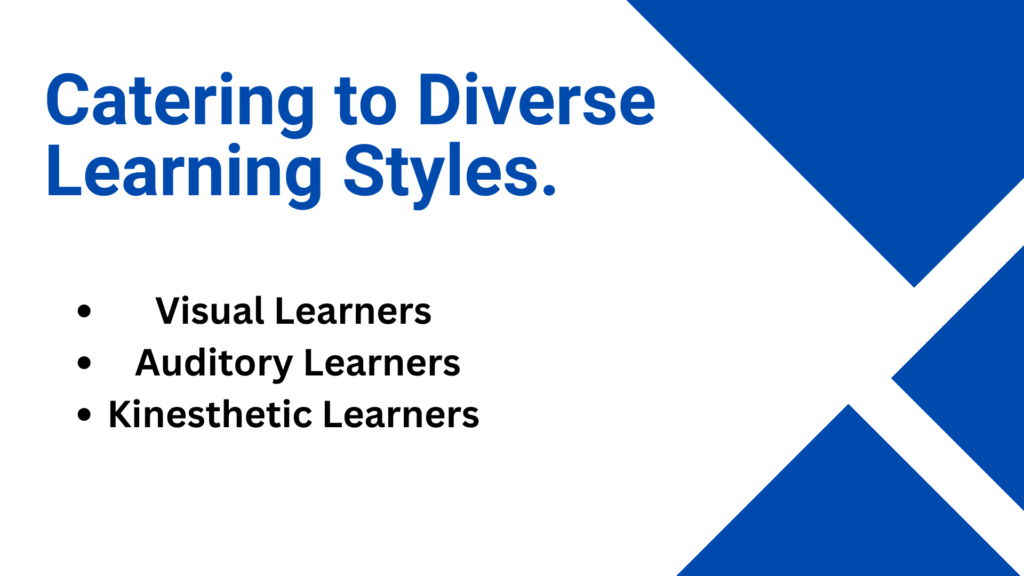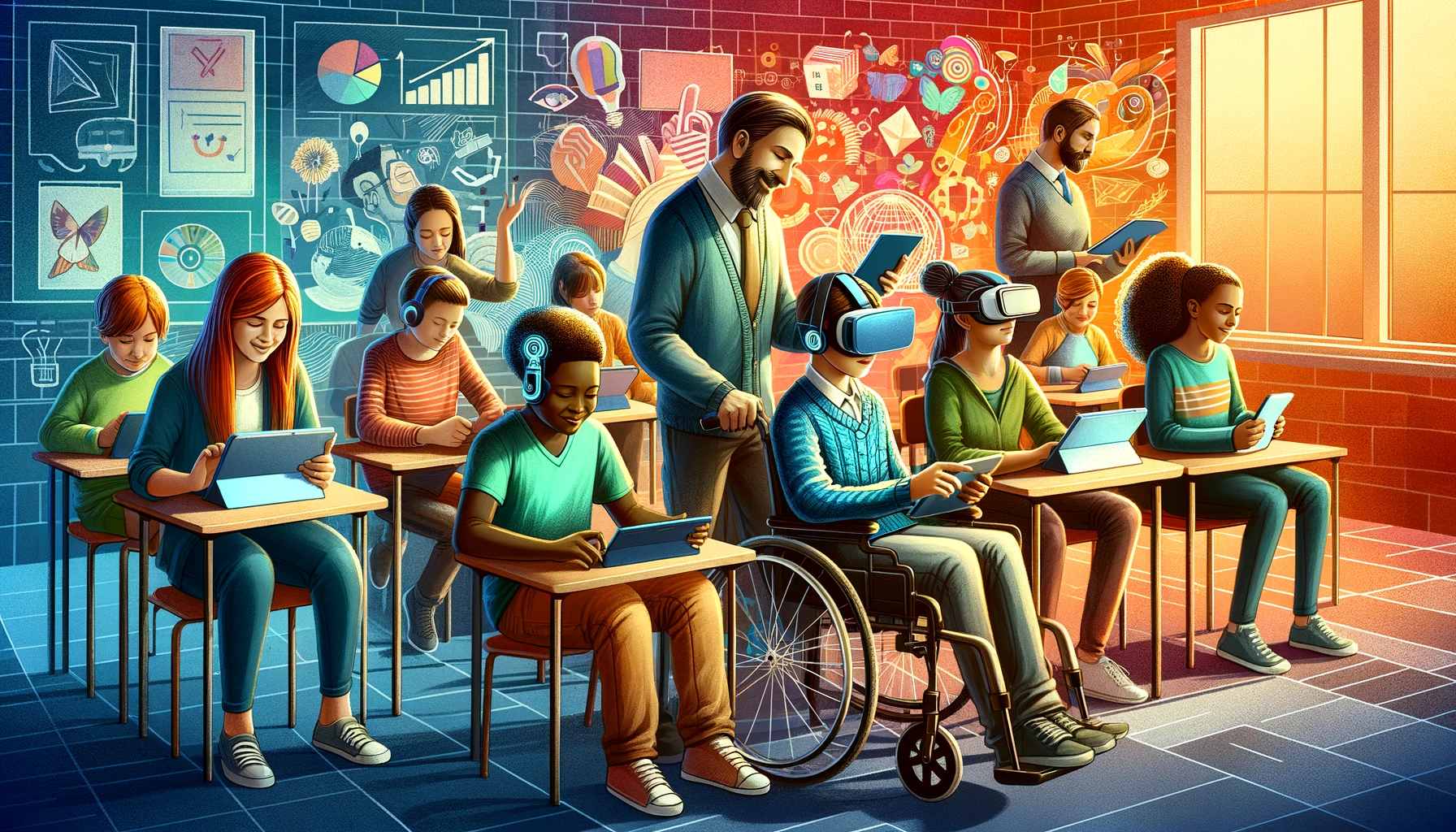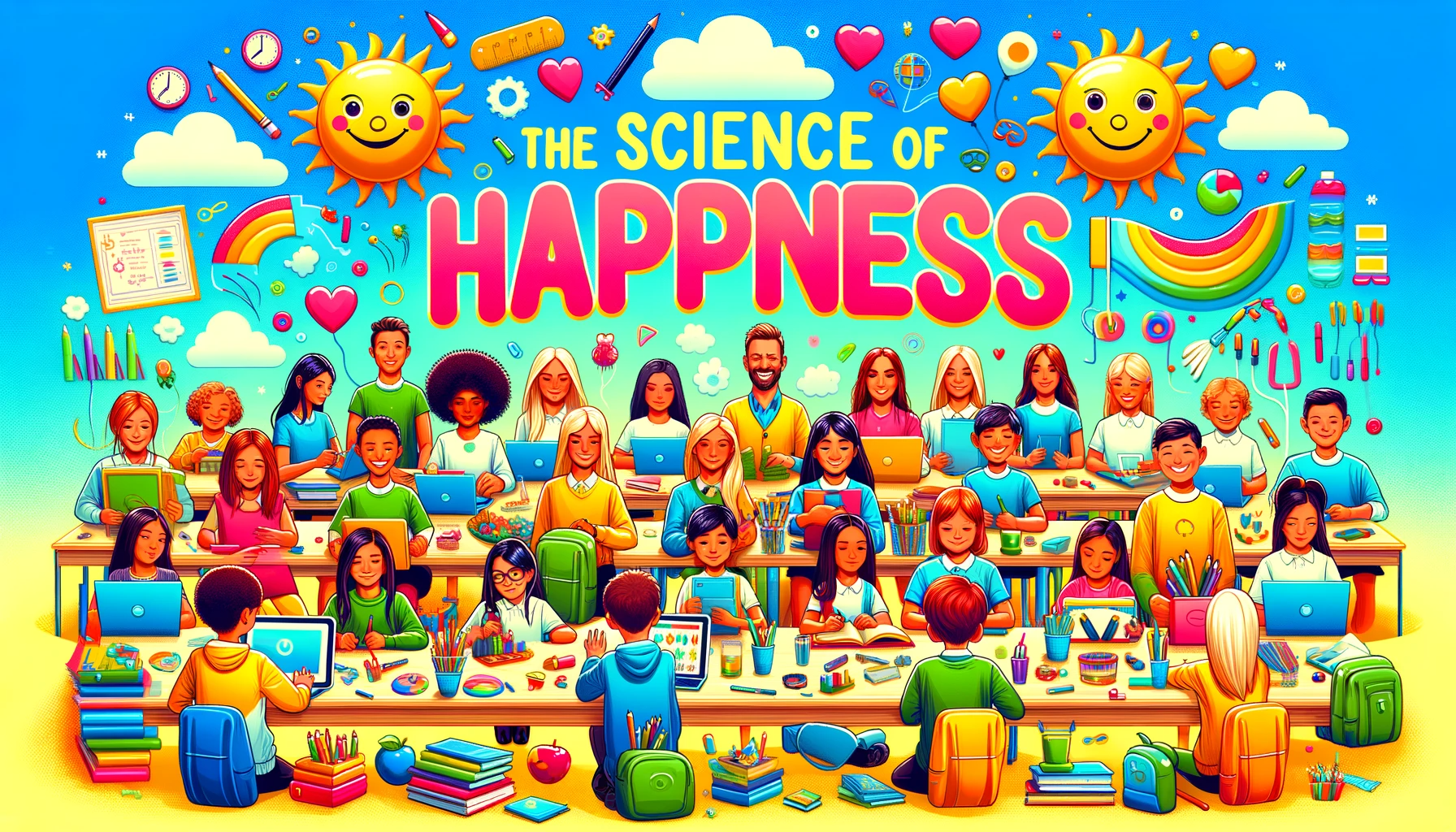
In the dynamic landscape of education, maintaining high levels of student motivation is a key factor in fostering a positive learning environment. Effective classroom rewards and incentives play a pivotal role in encouraging student engagement, behaviour management, and academic achievement. In this discussion, we explore various strategies, teacher techniques, and recognition programs designed to enhance motivation in the classroom.
Positive reinforcement is a cornerstone of effective classroom management. Teachers can employ a variety of techniques to reinforce positive behavior, creating a conducive learning atmosphere. Utilizing student recognition programs, such as personalized academic rewards, fosters a positive classroom culture that motivates students intrinsically.
Implementing customized learning motivation techniques ensures that incentives resonate with individual students. This approach includes innovative classroom management strategies and creative student motivation techniques. Tailored incentives, such as meaningful student engagement strategies, contribute to sustained academic achievement.
Understanding the interplay between intrinsic and extrinsic motivation is crucial for effective teaching strategies. While intrinsic rewards appeal to internal desires, extrinsic motivation involves external incentives. Balancing these aspects contributes to a holistic approach to student encouragement.
In elementary education, it’s essential to employ unique student recognition programs and motivational rewards. Personalized academic incentives create a positive classroom culture, fostering an environment where students feel encouraged and motivated to excel.
To maximize the impact of classroom rewards, teachers can explore creative academic achievement incentives. This includes using innovative student recognition awards and teacher reward ideas that resonate with the evolving needs of today’s students.
Teachers can further enhance motivation by adopting individualized student encouragement ideas. This involves recognizing and rewarding behaviors aligned with positive classroom culture building, contributing to sustained student engagement.
The Power of Positive Reinforcement
Positive reinforcement is a powerful tool in shaping student behavior. It involves providing rewards or incentives to encourage desired actions, creating a positive connection between behavior and consequence. In the realm of education, classroom rewards and incentives are integral to implementing positive reinforcement strategies effectively.
The Psychological Impact of Positive Reinforcement
Intrinsic vs. Extrinsic Motivation
To comprehend the psychological impact of positive reinforcement, it’s crucial to differentiate between intrinsic and extrinsic motivation. Intrinsic motivation stems from internal factors, such as personal interest or enjoyment, while extrinsic motivation relies on external rewards or incentives. Classroom rewards often serve as extrinsic motivators, initiating a positive feedback loop that influences student engagement and behavior.
Emphasizing the Long-Term Benefits of Fostering Intrinsic Motivation
Building Intrinsic Motivation for Lasting Impact
While extrinsic motivation through classroom rewards is effective, fostering intrinsic motivation yields long-term benefits. Encouraging students to find joy and satisfaction in the learning process itself creates a sustainable drive for academic achievement. This approach transcends immediate rewards, contributing to a positive classroom environment and shaping a student’s overall attitude towards education.
The Impact of Positive Reinforcement on Academic Achievement
| Positive Reinforcement Strategy | Student Engagement | Academic Achievement | Classroom Culture |
| Classroom Rewards and Incentives | High | Significant | Positive |
| Intrinsic Motivation Techniques | Moderate | Long-lasting | Transformative |
Practical Teacher Strategies for Effective Positive Reinforcement
Best Classroom Rewards for Students
Identifying the best classroom rewards involves considering what resonates with students. Simple incentive ideas for teachers can include praise, recognition awards, or small tokens of appreciation. Personalized academic rewards tailored to individual achievements create a sense of value and accomplishment.
Creative Student Motivation Techniques
Incorporating creative student motivation techniques enhances the impact of positive reinforcement. Teachers can explore innovative classroom management strategies that align with the interests and preferences of their students. Motivational rewards for elementary students, such as interactive activities or unique recognition programs, contribute to a positive classroom culture.
Tailored Behavior Rewards for Students
Customizing behavior rewards ensure that incentives are meaningful to each student. Tailored incentives, like individualized student encouragement ideas, address specific achievements or improvements. This approach not only reinforces positive behavior but also contributes to the development of a positive classroom culture.
Types of Classroom Rewards
When it comes to classroom rewards and incentives, tangible rewards can have a significant impact on student motivation. These rewards provide a physical representation of achievement, fostering a positive classroom environment and encouraging academic success. Some best classroom rewards for students include:
1. Academic Certificates and Badges
Recognizing students with certificates or badges for achievements boosts their sense of accomplishment, positively reinforcing their commitment to academic excellence.
2. Personalized Academic Rewards
Tailoring rewards to individual students, such as small gifts or notes of encouragement, adds a personal touch that enhances motivation and engagement.
3. Meaningful Student Recognition Programs
Implementing unique recognition programs within the classroom, where students can be acknowledged for various achievements, contributes to a positive classroom culture.
Intangible Rewards: Nurturing Intrinsic Motivation
While tangible rewards are effective, nurturing intrinsic motivation is equally crucial for long-term academic success. Here are some intangible rewards that focus on the internal aspects of student motivation:
1. Positive Reinforcement and Praise
Simple words of encouragement and praise for a job well done contribute to a positive classroom environment and enhance intrinsic motivation.
2. Acknowledgment in Front of Peers
Recognizing students’ achievements in front of their peers not only boosts their confidence but also establishes a positive classroom culture of support and encouragement.
3. Tailored Behavior Rewards for Students
Customizing behavior rewards based on individual student preferences and interests ensures that the incentives resonate on a personal level, fostering intrinsic motivation.
Simple Incentive Ideas for Teachers: Quick Wins for Immediate Impact
Teachers often need simple and quick incentive ideas that can be easily implemented to maintain a positive classroom environment. Here are some straightforward strategies:
Immediate Positive Feedback
Providing immediate positive feedback for good behavior or successful completion of tasks reinforces positive behavior and motivates students.
Classroom Reward Systems
Implementing a systematic reward system, where students can earn points or tokens for positive behavior, creates a structured and motivating environment.
Teacher Incentive Programs
Incorporating incentives for teachers can also contribute to a positive learning environment. When teachers are motivated, their enthusiasm positively impacts students’ engagement and motivation.
Personalised Academic Rewards
In the realm of classroom rewards and incentives, tailoring these rewards to individual student needs is a crucial aspect of effective education. Recognizing the uniqueness of each student and addressing their specific needs enhances student motivation, engagement, and overall academic success.

Examples of Personalized Academic Incentives
Catering to Diverse Learning Styles
1. Visual Learners:
- Personalized academic rewards can include charts, infographics, or visual aids that resonate with students who thrive on visual learning.
2. Auditory Learners:
- For students who learn best through listening, incentives might involve recorded feedback or praise, recognizing their achievements in an auditory format.
3. Kinesthetic Learners:
- Hands-on activities, interactive projects, or physical rewards can cater to the needs of kinesthetic learners, making the learning process more engaging.
Impact of Recognizing Unique Strengths and Achievements
Fostering Intrinsic Motivation
Recognizing and celebrating students’ unique strengths and achievements goes beyond the traditional understanding of rewards. It taps into intrinsic motivation, as students feel valued for their individual contributions, fostering a positive classroom environment.
Building a Positive Classroom Culture
Acknowledging diverse strengths contributes to building a positive classroom culture. When students see that their unique talents are celebrated, it creates a supportive atmosphere that encourages collaboration and mutual respect.
The Impact of Personalized Academic Rewards
| Type of Reward | Learning Style | Impact on Student Motivation | Ease of Implementation |
| Visual Learning Rewards | Visual learners | High | Easy |
| Auditory Learning Rewards | Auditory learners | High | Moderate |
| Kinesthetic Learning Rewards | Kinesthetic learners | Very High | Challenging |
Tailored Behavior Rewards for Students
Customized Learning Motivation Techniques
1. Interest-Based Rewards:
- Tailoring rewards based on students’ interests ensures that incentives align with their passions, creating a meaningful connection.
2. Goal-Oriented Rewards:
- Setting individualized goals and providing rewards upon achievement fosters a sense of accomplishment and encourages continuous improvement.
3. Adaptable Recognition Programs:
- Implementing recognition programs that adapt to the unique strengths of each student ensures inclusivity and a positive impact on classroom culture.
Effective Behavior Reinforcement Methods
Modern classroom management goes beyond traditional methods, incorporating innovative strategies that positively shape student behavior. By implementing these techniques, educators can create a positive classroom environment that fosters student engagement, motivation, and overall success.
Motivational Rewards for Elementary Students: Tailoring Strategies for Young Learners
Motivating elementary students requires a nuanced approach. Tailoring strategies to the unique needs and developmental stages of young learners ensures the effectiveness of behavior reinforcement methods. Let’s explore some motivational rewards specifically designed for elementary students.
1. Sticker Charts and Recognition Boards:
- Create visual representations of progress using sticker charts or recognition boards, allowing students to see and celebrate their achievements.
2. Classroom Fun Time:
- Introduce special fun activities or games as rewards, creating an exciting incentive for good behavior and academic achievements.
3. Personalized Certificates:
- Acknowledge individual successes with personalized certificates, instilling a sense of pride and accomplishment in young students.
Customized Learning Motivation Techniques: Resonating Across Age Groups
Adapting Strategies to Different Age Groups
Motivation techniques must evolve with the age group of students. Customizing these techniques ensures relevance and effectiveness across diverse age groups. Let’s explore methods that resonate with different stages of academic development.
1. Interactive Learning Platforms (All Ages):
- Utilize technology to create engaging and interactive learning platforms suitable for various age groups, promoting motivation through active participation.
2. Peer Recognition Programs (Middle School and High School):
- Implement recognition programs where students acknowledge and celebrate each other’s achievements, fostering a positive classroom culture in middle and high school settings.
3. Goal-Setting Exercises (All Ages):
- Encourage students of all ages to set and achieve personalized goals, providing a sense of direction and accomplishment.
Effectiveness of Behavior Reinforcement Methods
| Strategy | Age Group | Impact on Student Motivation | Ease of Implementation |
| Sticker Charts and Recognition Boards | Elementary | High | Easy |
| Classroom Fun Time | Elementary | Very High | Moderate |
| Personalized Certificates | Elementary | High | Easy |
| Interactive Learning Platforms | All Ages | Very High | Moderate |
| Peer Recognition Programs | Middle/High School | High | Easy |
| Goal-Setting Exercises | All Ages | High | Easy |
Conclusion
The use of classroom rewards and incentives is pivotal in shaping a positive educational experience for students. These tools not only enhance student motivation but also contribute to a positive classroom environment that fosters academic achievement and overall success.
A positive classroom environment is the bedrock of student success. By incorporating effective incentives, recognizing achievements, and promoting positive behaviour, educators create a space where students feel motivated to learn and engage actively. This positive atmosphere has a direct correlation with academic achievement and student encouragement.
FAQs
What are effective classroom rewards and incentives?
Effective classroom rewards and incentives include personalized academic recognition, positive reinforcement, and tangible rewards like certificates or small gifts. Acknowledging achievements fosters motivation and contributes to a positive learning environment.
How can teachers motivate students in the classroom?
Teachers can motivate students by incorporating interactive learning, setting achievable goals, and providing positive feedback. Engaging lessons, varied teaching strategies, and recognizing individual achievements contribute to sustained motivation.
Are there academic incentives for positive behavior?
Yes, academic incentives for positive behavior include personalized academic rewards, recognition programs, and extrinsic rewards like certificates or special privileges. These incentives reinforce positive behavior and encourage a culture of academic excellence.
What are some student engagement strategies?
Student engagement strategies involve interactive lessons, collaborative activities, and incorporating technology. Varied teaching methods, real-world applications, and encouraging student participation enhance overall engagement in the classroom.
How do recognition programs benefit students?
Recognition programs benefit students by boosting self-esteem, fostering a positive classroom culture, and motivating continuous improvement. Acknowledging achievements through such programs contributes to a supportive learning environment.
Can positive reinforcement improve academic achievement?
Yes, positive reinforcement can improve academic achievement by motivating students, reinforcing desired behaviors, and creating a positive association with learning. It enhances student confidence and contributes to overall academic success.
What role does teacher encouragement play in student motivation?
Teacher encouragement plays a crucial role in student motivation by instilling confidence, fostering a positive attitude toward learning, and creating a supportive atmosphere. Personalized encouragement reinforces students’ belief in their abilities.
How can a positive classroom environment be created?
A positive classroom environment can be created by promoting open communication, setting clear expectations, and incorporating inclusive teaching practices. Encouraging collaboration and recognizing individual strengths contribute to positivity.
Are there effective learning motivation techniques for students?
Effective learning motivation techniques include goal-setting, incorporating students’ interests, and utilizing gamification. Tailoring lessons to students’ needs, providing constructive feedback, and acknowledging efforts enhance motivation.
What are intrinsic rewards in education?
Intrinsic rewards in education are internal motivators such as a sense of accomplishment, curiosity, or personal satisfaction. These rewards come from within the individual and contribute to long-term motivation and engagement.
How can teachers manage student behavior effectively?
Teachers can manage student behavior effectively by setting clear expectations, implementing consistent consequences, and fostering positive relationships. Establishing a structured and supportive learning environment also contributes to effective behavior management.
Are there behavior reward systems for schools?
Yes, behavior reward systems for schools involve systems like token economies, where students earn points for positive behavior. These systems reinforce good conduct and contribute to a positive school culture.
What is the impact of extrinsic motivation in the classroom?
Extrinsic motivation in the classroom can have a positive impact by providing tangible rewards, recognition, or privileges. While it can enhance short-term engagement, a balance with intrinsic motivation is essential for sustained academic interest.
How can teacher incentive programs be implemented?
Teacher incentive programs can be implemented by offering professional development opportunities, acknowledging achievements, and providing monetary or non-monetary rewards. Creating a supportive work environment and recognizing educators’ contributions are key elements.
Are there student recognition awards for academic achievement?
Yes, student recognition awards for academic achievement include certificates, medals, or special ceremonies. Recognizing students for their accomplishments reinforces their hard work and encourages continued academic excellence.






